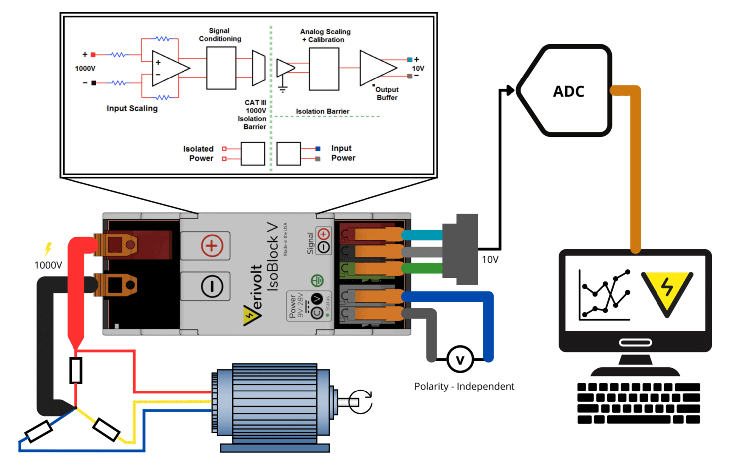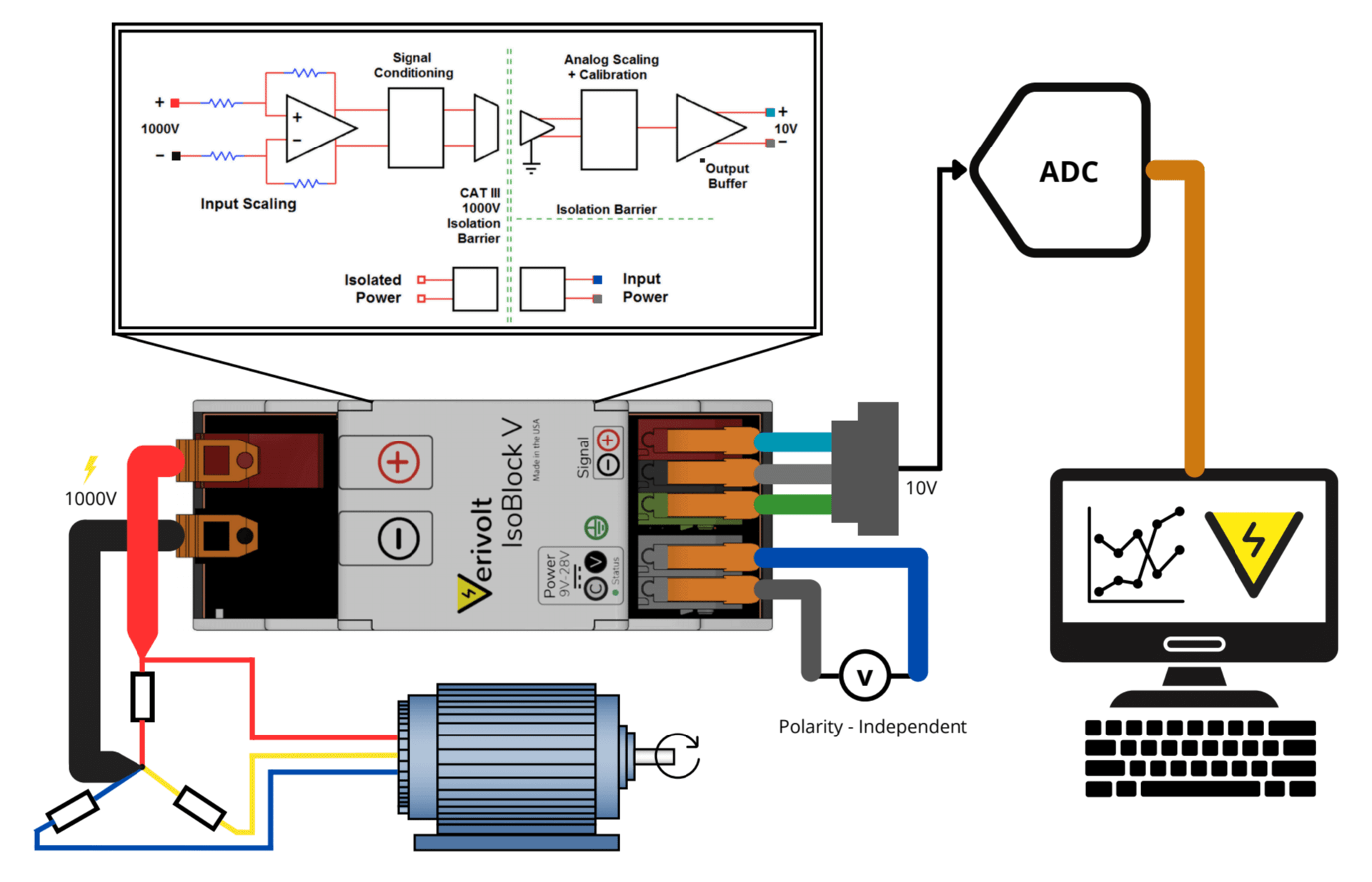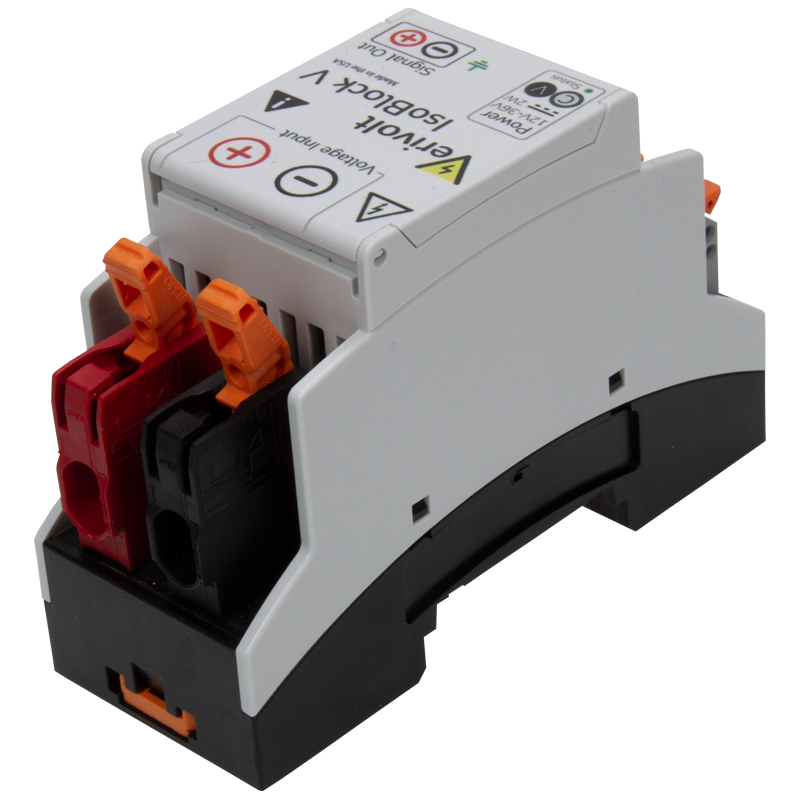Understanding Voltage and Voltage Sensors
In the realm of electronics and electrical engineering, voltage is a fundamental concept. Whether you’re a seasoned professional or a curious novice, understanding voltage and how to measure it is crucial. In this blog post, we will explore:
1. What is voltage?
2. Units of measurement for voltage
3. Differences between AC and DC voltage
4. How to measure voltage
What is a Voltage Sensor?
A voltage sensor is a device that measures and monitors the voltage level in a circuit. It plays a critical role in various applications, from industrial machinery to household electronics, ensuring that devices operate within their specified voltage ranges to avoid damage or malfunction.
Voltage sensors come in various types, including resistive, capacitive, and inductive sensors, each suited for different applications. They are integral in systems where precise voltage monitoring is necessary, such as in power supply units, battery management systems, and renewable energy installations.
Units of Measurement for Voltage
Voltage is measured in volts (V), a unit named after the Italian physicist Alessandro Volta. One volt represents the potential difference that will drive one ampere of current against one ohm of resistance. For smaller and larger values, millivolts (mV) and kilovolts (kV) are used, respectively:
1 V = 1,000 millivolts (mV)
1 kV = 1,000 volts (V)
Using standardized units allows for consistent communication and measurement in scientific and engineering contexts.
Voltage and current are closely related but fundamentally different electrical quantities. Voltage, also known as electric potential difference, is the force that pushes electric charges through a conductor. It can be thought of as the pressure that drives the flow of electrons.
Current, on the other hand, is the flow of electric charge in a circuit, measured in amperes (A). While voltage pushes the current, the current is the actual movement of electrons through the conductor. Understanding this relationship is key to grasping how electrical circuits function.
Difference Between AC and DC Voltage
Electricity can be categorized into two types based on the direction of current flow: alternating current (AC) and direct current (DC).
AC Voltage: In alternating current, the flow of electric charge periodically reverses direction.
AC voltage is commonly used in household and industrial power supplies because it can be easily transformed to different voltages and is efficient for long-distance transmission.
DC Voltage: In direct current, the flow of electric charge is in a single direction. DC voltage is commonly used in battery-powered devices and electronic circuits.
It provides a constant voltage level, which is essential for the stable operation of electronic components.
Understanding the differences between AC and DC voltage is crucial for selecting the appropriate voltage type for different applications.
How to Measure Voltage?

Measuring voltage accurately and safely is essential for diagnosing electrical problems and ensuring the proper functioning of devices.
We will describe how to measure phase voltage on an electrical motor, a very common task in several different industries. However, the sensor and guide could be used for essentially any other device. Here is a step-by-step guide on how to measure voltage:
- Select a voltage sensor, ideally one with the accuracy and isolation you need.
- For this example, we will select the Isoblock V-1C. This sensor will isolate and scale down the voltage on the motor (typically 240V, 380V, 480V, or higher) to +/- 10 Volts, allowing it to be read by a regular data acquisition system.
- Connect the sensor to the motor
- Refer to the simplified diagram above, which illustrates the motor (or any device you might be monitoring), the sensor itself, and the data acquisition system.
Conclusion
Understanding voltage and how to measure it is fundamental in the field of electronics and electrical engineering. Voltage sensors are vital tools in monitoring and controlling electrical systems.
We hope that by grasping the differences between voltage and current, as well as AC and DC voltage, you can make informed decisions in your projects and applications.
Stay safe and precise in your measurements, and you’ll harness the power of electricity effectively.

